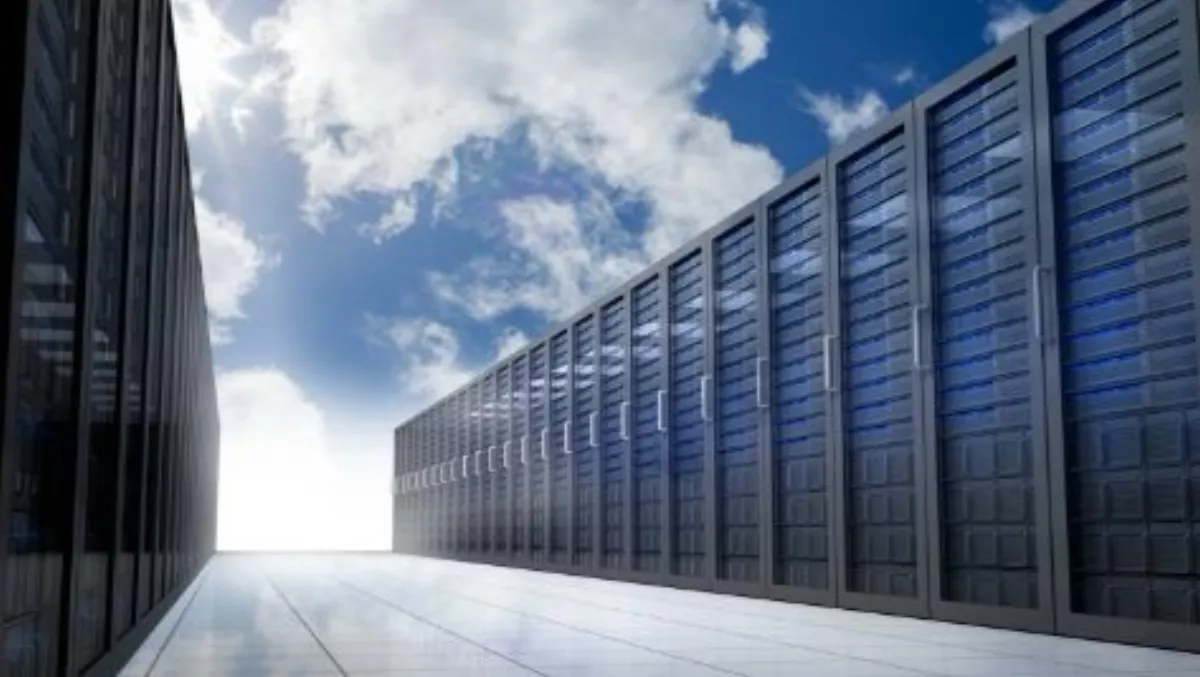
What will the 2020 datacentre look like?
Business must ensure their data centers are future-proofed.
That's the word from CenturyLink, who says new technology and trends such as big data, mobile devices and the cloud are changing the way business is done.
"At CenturyLink, we think it's possible to have foresight with the same amount of clarity that reflection provides so that businesses can plan their data centers for tomorrow," says Stuart Mills, regional director, ANZ, CenturyLink.
"That's why we're making predictions about what the 2020 data center will look like.
Mills says CenturyLink has made five predictions for the 2020 data center, and business should take note.
Modular data centers
Big data and the Internet of Things will transform the size and shape of the next wave of data centers, Mills says.
"Modular data centers will effectively couple hyperscale and hyperlocal environments in smaller spaces while improving power usage effectiveness (PUE)," he explains. "They can easily be distributed around the globe and used for initial processing, avoiding the logistical nightmare of trying to transport every piece of data to a consolidated, centralised location.
Furthermore, Mills says, moving data centers to the network edge will enable new approaches to infrastructure deployment that can reduce latency and improve user experiences, especially for content providers.
"Modular data centers will not come without challenges, such as the requirement for tighter integration around capacity management to keep from running out of space and forcing downtime," he says.
Software Defined Networking (SDN)
Changing static networks into dynamic models will redefine networks and computing applications, Mills states.
"SDN and colocation deliver a highly adaptable network," he explains. "Companies can enable rich interaction between application workloads and their network infrastructure by decoupling network typology and traffic management from network hardware.
"This enhances network power while simplifying environment and IT management.
Mills says CenturyLink foresees a 25% annual increase in network traffic. "Network speeds will continue to accelerate upwards of 10 times their current capacity," he says. "To address these realities, SDN will emerge as the predominant network model because it will help control network traffic and improve scalability.
Mills says virtualisation will also help ensure that private connections to the network can speed up and down as quickly as computing does.
"SDN will lead to computing applications venturing out to places they have never gone before," says Mills. "CenturyLink predicts that 25 to 50% of all data center workloads will move into the network core.
"Furthermore, the simplicity and flexibility of SDN will enable companies to use multiple isolated networks and be able to distinguish between infrastructure allocated to different departments.
Energy efficiency
"As carbon footprints and operational expenses skyrocket, data centers will turn to new sources of clean, low-cost energy," Mills says.
"To address the increasing power demands of data centers and society at large without increasing our carbon footprint, CenturyLink predicts a shift away from fossil fuels towards renewable green energy advances in energy conservation hardware will come from improving the efficiency and density of servers.
Mills says modular data centers will provide new efficiency through a combination of high density and low energy.
"Within the data center, technological advances will make it easier to manage fluctuating temperatures and humidity, using only the minimum required energy output to keep hardware cool," he explains. "Some data center providers will discover profitability in conservation by selling unused energy back to the grid. When faced with such a process of being dependent on market forces, these providers could be even more motivated to invest in new low-energy solutions.
Data Center management and operations
Mills says automated procedures, compliance changes and edge networks will turn data center infrastructure management on its ear.
He says data center infrastructure management (DCIM) will focus on consolidating servers and server locations while expanding the ability to perform computational and transactional tasks on the edge of computing.
"To achieve the latter, companies will require more automation and application containers," Mills explains. " They will also need to consider the security implications and overall topology to compensate for running applications in a virtualised container.
Mills says DCIM will use data analytics to proactively set automatic triggers for performing tasks such as spinning capacity up or down or executing a certain type of command to free up memory or disk space.
"Automation could also let customers using colocation data centers use just-in-time consumption to automatically dial up and down their colocation power," he says. "Automated security will negotiate the level of encryption needed for a particular app. The increased amount of automation overall will help free up operational resources to focus on value-add applications and problems.
Interconnected frameworks
New alliances will form to meet customer demands for network capacity, scalability and storage, says Mills.
"Network capacity is already a major IT issue and will become an even bigger one in the years ahead," he explains.
"In addition, with the IoT and the explosion of interconnected applications, web services and cloud services, people will want to be close to resources offering more reliable, secure, and fast access to data.
Mills says companies will want to leverage connectivity between different clouds and infrastructures to weave apps together from components that live in different environments.
"Demands for network capacity and a proximity to valuable resources will create a huge opportunity for service providers to design a strategy driven by interconnections with other solution providers.
Besides offering lower latency and higher throughput connections, such alliances will free businesses to use multiple operators for their applications, Mills explains.
"Companies will want to leverage connectivity between different clouds and infrastructures to weave apps together from components that live in different environments," he says.
"This distributed computing environment will be very resilient and will offer endless scalability because of the ability to link services.
"To form these interconnected frameworks, solution providers will need to work together to simplify interoperability. New competition will arise, with each solution provider trying to offer the best package of services within an interconnected framework.


